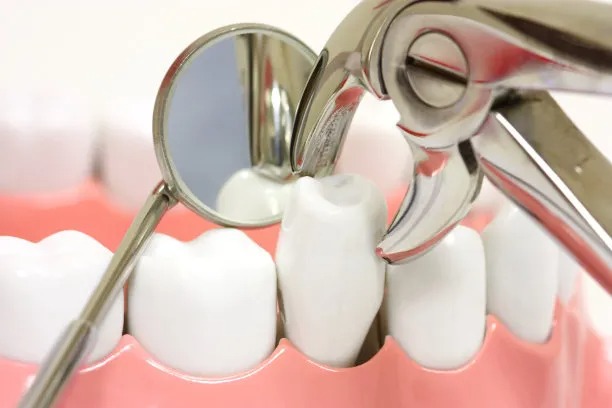The Essential Guide to Safely Extracting a Tooth at Home and Knowing When to Seek Professional Help
Summary: Extracting a tooth at home can seem daunting, but with proper guidance, it can be done safely. This article provides a comprehensive overview of the essential steps needed to extract a tooth at home while highlighting the signs that indicate when you should seek professional help. Covering essential preparations, techniques for safe extraction, post-extraction care, and recognizing emergencies, this guide aims to equip readers with the knowledge necessary to make informed decisions regarding dental care in a non-clinical setting. Understanding these aspects can reduce anxiety and ensure a better experience when dealing with dental issues.
1. Essential Preparations Before Extraction

Before attempting to extract a tooth at home, preparation is key to ensuring a safe and effective process. Firstly, gather all necessary supplies, including sterilized dental tools, gauze, an antiseptic solution, and ice packs. Using sterile equipment minimizes the risk of infection, which is critical for a successful procedure.
Next, ensure you have adequate pain relief options on hand. Over-the-counter medications such as ibuprofen can help manage discomfort both before and after the extraction. Consult with a healthcare professional if you have any allergies or existing conditions that could affect pain management.
Finally, ensure you understand the type of tooth you are planning to extract. Front teeth, which are often looser during their natural shedding process, are generally easier to remove compared to molars, which have deeper roots. Knowing the specific tooth dynamics can prepare you for potential challenges.
2. Techniques for Safe Tooth Extraction
The technique used to extract a tooth is crucial for its safety and effectiveness. Begin by numbing the area using a local anesthetic or over-the-counter pain relief methods. This step helps lessen discomfort during the extraction process.
Once the area is numb, use your sterile dental tool to gently loosen the tooth from its socket. A rocking motion can help dislodge the tooth more easily. It is important to avoid applying excessive force, as this can cause damage to surrounding teeth or the gum tissue.
After the tooth is sufficiently loosened, grasp it with a pair of sterilized tweezers and pull it out with a steady motion. Ensure that the entire tooth comes out smoothly; leaving part of the root can lead to infection or complications. Be patient and aware of your bodys responses to avoid any injury.
3. Post-Extraction Care for Optimal Healing
After successfully extracting a tooth, proper post-extraction care is essential for healing. Start by biting down gently on a piece of gauze placed over the extraction site. This helps to control bleeding and aids in blood clot formation.
For the first few days, its important to avoid certain foods that could irritate the extraction site. Stick to soft foods and avoid hot, spicy, or chewy items to minimize the risk of complications. Staying hydrated is also vital for recovery.
Regularly monitor the extraction site for any signs of infection, such as increased swelling or discharge. If you notice any unusual symptoms, consult a dental professional promptly to address potential issues before they worsen.
4. Knowing When to Seek Professional Help
Despite thorough preparation and careful execution, there are instances when seeking professional help is essential. If you experience severe pain that does not subside with over-the-counter medication or if bleeding continues for more than 30 minutes, these may be signs of a complication requiring expert intervention.
In cases where you are unable to completely extract the tooth or if you suspect it might have fractured, its crucial to visit a dentist. They have the tools and expertise to address complex cases effectively, ensuring your dental health is maintained.
Lastly, if you notice symptoms such as fever, excessive swelling, or foul-smelling discharge, these could indicate an infection. Promptly reaching out to a dental professional can help prevent further complications and safeguard your overall health.
Summary:
This guide highlights the importance of preparation, proper techniques, and post-extraction care while underscoring the critical situations that warrant professional dental assistance. Understanding these aspects ensures teeth extractions can be handled with more confidence and knowledge, allowing you to make informed decisions about your dental care.
This article is compiled by Vickong Dental and the content is for reference only.



